First Time in Sri Lanka? Here’s Your Ultimate Travel Guide
Sri Lanka is a stunning travel destination that offers an array of experiences for first-time visitors and seasoned travelers alike. With its easy accessibility, breathtaking landscapes, rich cultural heritage, and diverse activities, it’s no surprise that many travel bloggers and vloggers begin their adventures here. From pristine beaches and lush mountains to incredible wildlife and UNESCO World Heritage Sites, Sri Lanka truly has something for everyone. In this guide, we’ll delve into essential tips and tricks to help you make the most of your upcoming trip to this enchanting island.
Visa and Entry Requirements
Sri Lanka welcomes travelers from around the world with open arms. Depending on your nationality and the purpose of your visit, various visa types are available. For tourists, a 30-day tourist visa is typically granted and can be extended up to six months. Thanks to an online application system, obtaining your visa has become more straightforward and less time-consuming.
Visa Fees: Fees may vary based on your nationality and the type of visa you apply for. For the latest information on fees and the application process, visit our comprehensive article on the Sri Lankan visa process for further insights.
Best Time to Travel
Sri Lanka’s climate can be quite diverse due to its geography and two monsoon seasons that affect different regions at different times. Here’s a breakdown of the best times to visit based on your travel plans:
- West and South Coasts + Hill Country (Colombo, Galle, Ella):
- Best Time: December to March
- Enjoy sunny skies, warm temperatures, and calm seas—perfect for beach lovers and hill country explorers.
- East Coast (Trincomalee, Arugam Bay, Batticaloa):
- Best Time: April to September
- This period offers clear waters and sunshine, ideal for beach activities, surfing, and snorkeling.
- Cultural Triangle (Anuradhapura, Polonnaruwa, Sigiriya):
- Best Time: May to June
- Explore Sri Lanka’s ancient cities and UNESCO heritage sites in dry and comfortable weather.
Avoiding the Monsoons:
- Southwest Monsoon: May to September (affects the west and south coasts and hill country).
- Northeast Monsoon: October to January (affects the east coast and northern regions).
Key Festivals to Consider
- Sinhala and Tamil New Year: Mid-April is a vibrant time to experience local culture and festivities. Expect busy crowds and some business closures.
- Esala Perahera: A grand Buddhist festival in Kandy during July or August, offering a rich cultural experience.
- Vesak and Poson Poya Days: Celebrated in May and June, these festivals feature colorful Vesak lanterns and generous acts of giving.
Stay tuned for our next article, where we will provide a comprehensive introduction to the vibrant festivals of Sri Lanka that you won’t want to miss!
How to Get Around in Sri Lanka
Navigating Sri Lanka is an adventure in itself, with various transportation options available to suit your needs.
Taxis
Taxis can be categorized into two types: private taxis and ride-hailing apps like Uber and PickMe. Both options are convenient and popular among locals and visitors alike. In rural areas, where these apps might not operate, opting for a private taxi is advisable. Always choose a metered taxi for the best fares.
Trains
Sri Lanka’s train system is one of the most scenic and budget-friendly ways to travel, especially through the hill country. Some popular routes include:
- Colombo to Kandy: Journey through lush forests and tea plantations.
- Kandy to Ella: Famous for its breathtaking views of misty mountains and tea estates—often cited as one of the world’s most beautiful train journeys.
- Colombo to the South Coast: Enjoy stunning coastal views en route to Galle, Matara, and beyond.
Tip: For long-distance trips, book your tickets in advance, especially for first-class and sleeper trains. You can easily book your train tickets online at Sri Lanka Railway.
Car Rentals
For more control over your itinerary, consider renting a car. Many agencies offer vehicles with or without drivers, giving you the flexibility to explore at your own pace.
- Self-Driving: Requires an International Driving Permit (IDP) and can be challenging due to local traffic conditions.
- Hiring with a Driver: This option is convenient, especially for those unfamiliar with Sri Lankan roads.
Domestic Flights and Helicopters
For those short on time, domestic flights and helicopter services are available to major tourist destinations, including Colombo, Kandy, and the southern beaches. Scenic flights offer breathtaking aerial views of iconic landmarks, such as Sigiriya Rock and the beautiful coastline.
Local Currency and Costs
The local currency in Sri Lanka is the Sri Lankan Rupee (LKR), denoted by Rs. As exchange rates fluctuate, it’s advisable to check current rates before exchanging money. As a guideline, 1 USD is approximately 290-310 LKR (subject to change).
Accommodation
- Budget Hotels/Hostels: Rs 2,500 – 5,000 per night ($7 – $15)
- Mid-range Hotels/Guesthouses: Rs 6,000 – 12,000 per night ($18 – $35)
- Luxury Hotels/Resorts: Rs 15,000 – 50,000+ per night ($45 – $150+)
Food
- Street Food/Local Eateries: Rs 300 – 800 per meal ($1 – $2.50)
- Mid-range Restaurants: Rs 1,000 – 2,500 per meal ($3 – $7)
- High-end Dining: Rs 3,000 – 10,000 per meal ($9 – $30+)
Transportation
- Tuk-tuks: Rs 50 – 70 per kilometer (negotiable)
- Buses: Rs 20 – 150 depending on distance
- Trains: Rs 100 – 1,500 based on class and distance
- Private Car Hire: Rs 10,000 – 15,000 per day ($30 – $45)
Activities & Entrance Fees
- National Parks: Rs 5,000 – 10,000 ($15 – $30) per person (including jeep hire)
- Heritage Sites: Rs 3,000 – 6,500 ($9 – $18) per site
- Guided Tours: Rs 2,000 – 10,000 ($6 – $30), depending on activity and group size
Average Daily Costs
- Budget Traveler: Rs 5,000 – 7,000 per day ($15 – $22)
- Mid-range Traveler: Rs 10,000 – 20,000 per day ($30 – $60)
- Luxury Traveler: Rs 25,000+ per day ($75+)
Cultural Etiquette and Respect
Sri Lanka’s rich cultural tapestry is woven with traditions rooted in respect and hospitality. Here are some essential cultural etiquette tips to enhance your experience:
Greetings & Communication
A traditional greeting is “Ayubowan,” accompanied by pressed palms, meaning “may you live long.” Handshakes are common, and addressing people with titles reflects respect.
Dress Code
Modesty is crucial, especially at religious sites. Ensure your shoulders and knees are covered when visiting temples, and always remove shoes and hats.
Religious Etiquette
Show respect for religious customs. Avoid turning your back to Buddha statues and refrain from touching monks, particularly if you’re a woman. Maintain a quiet demeanor in sacred spaces.
Environmental Etiquette
Protect wildlife and avoid littering, especially in national parks. Adopt eco-friendly practices to safeguard the environment for future generations.
Tipping
While tipping isn’t obligatory, it is appreciated. A small tip (around 10%) is suitable for waitstaff, hotel personnel, and tour guides. For tuk-tuk drivers, rounding up the fare is a common practice.
Elevate Your Experience with Our Premium Plan
As you prepare for your journey to Sri Lanka, consider subscribing to our Premium Plan at Findmygo.com. With personalized travel itineraries crafted just for you, expert consultation, comprehensive tips and tricks, budget management, and 24/7 support, we ensure your travel experience is as seamless and enjoyable as possible. Explore Sri Lanka with confidence and make your trip unforgettable!
With its diverse offerings, Sri Lanka promises an enriching travel experience for every type of adventurer. Whether you’re lounging on pristine beaches, hiking through breathtaking landscapes, or immersing yourself in the island’s rich culture and history, your time in Sri Lanka will be nothing short of magical. Start planning your adventure today, and let us help you every step of the way!
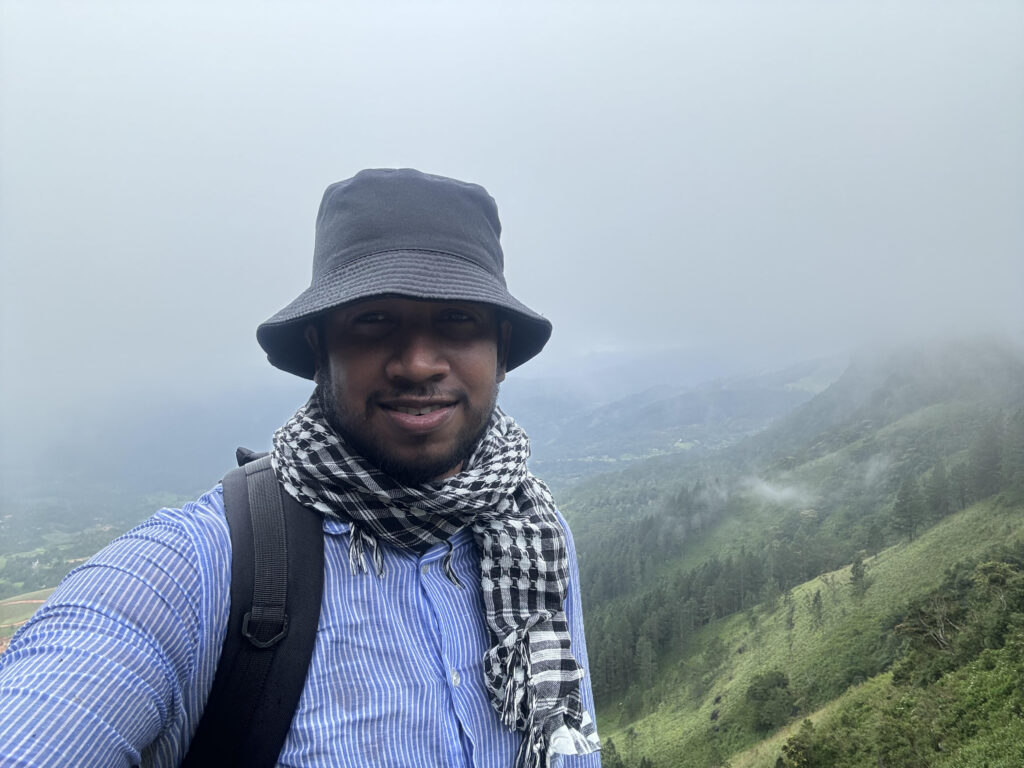


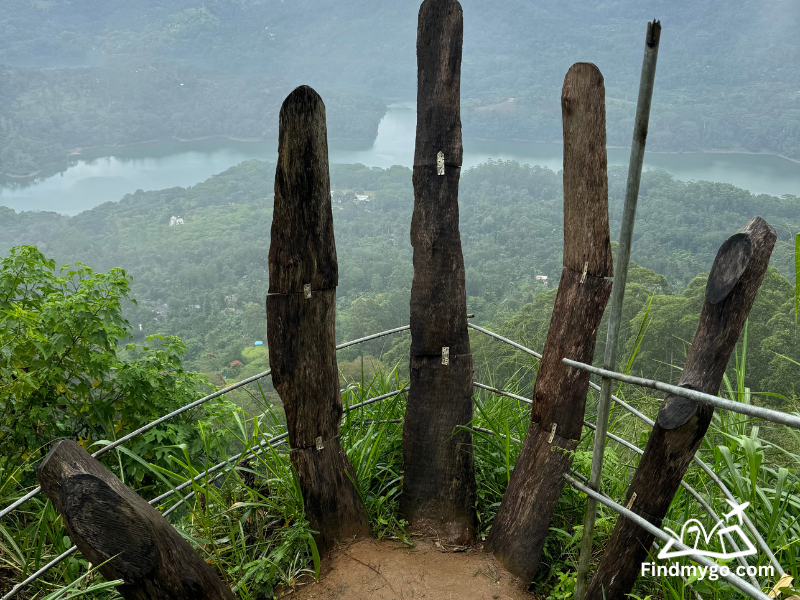

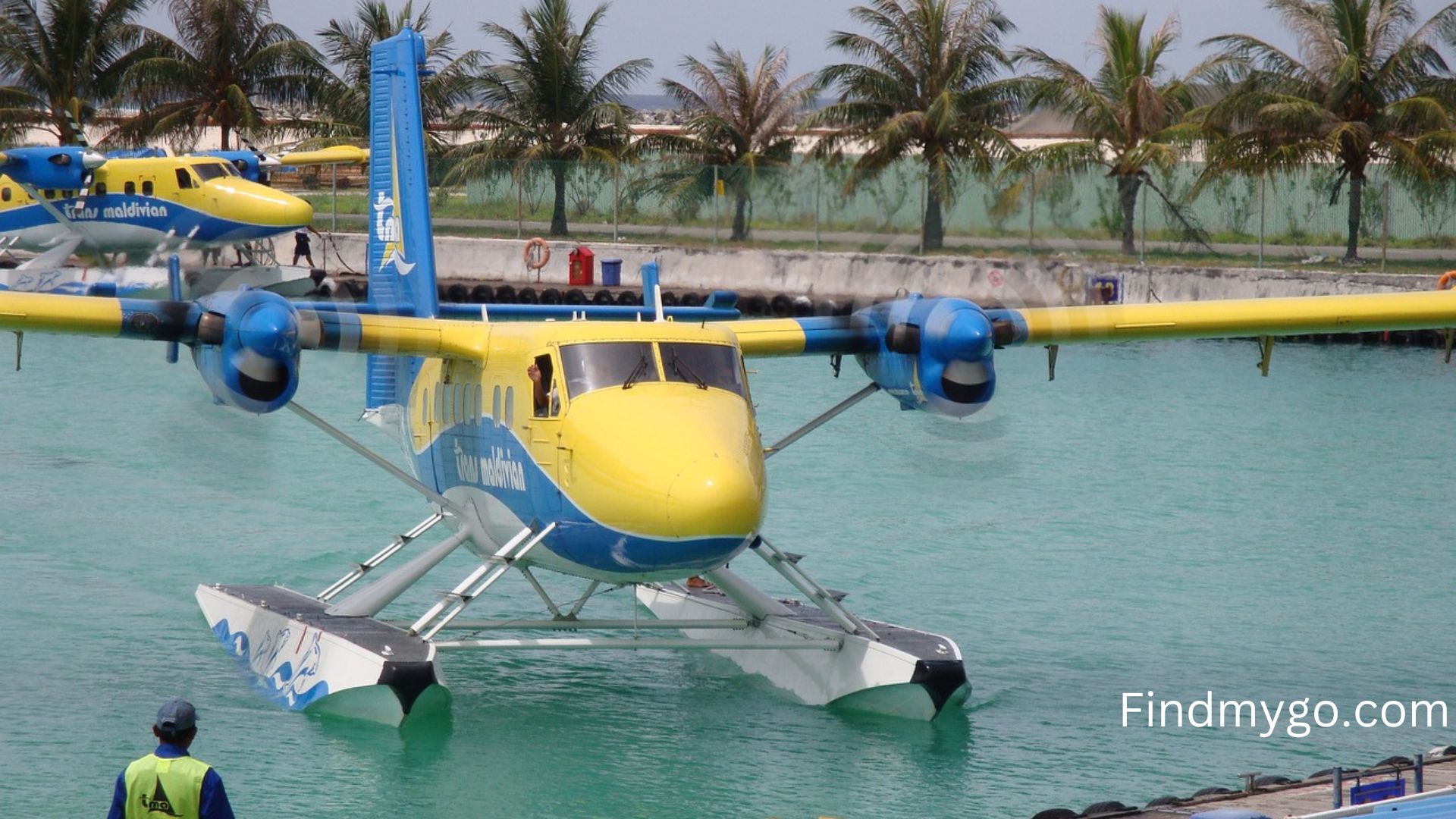
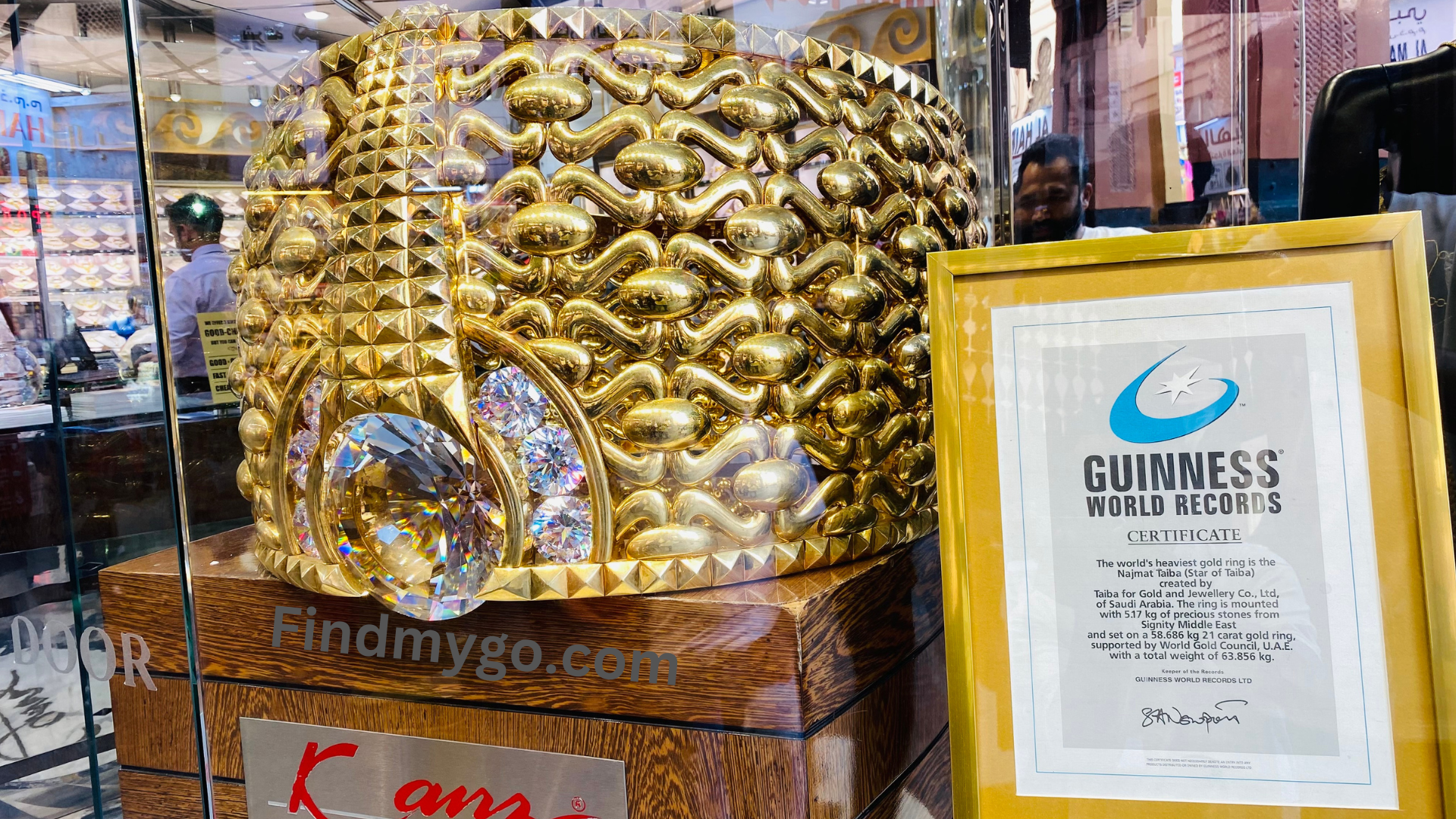
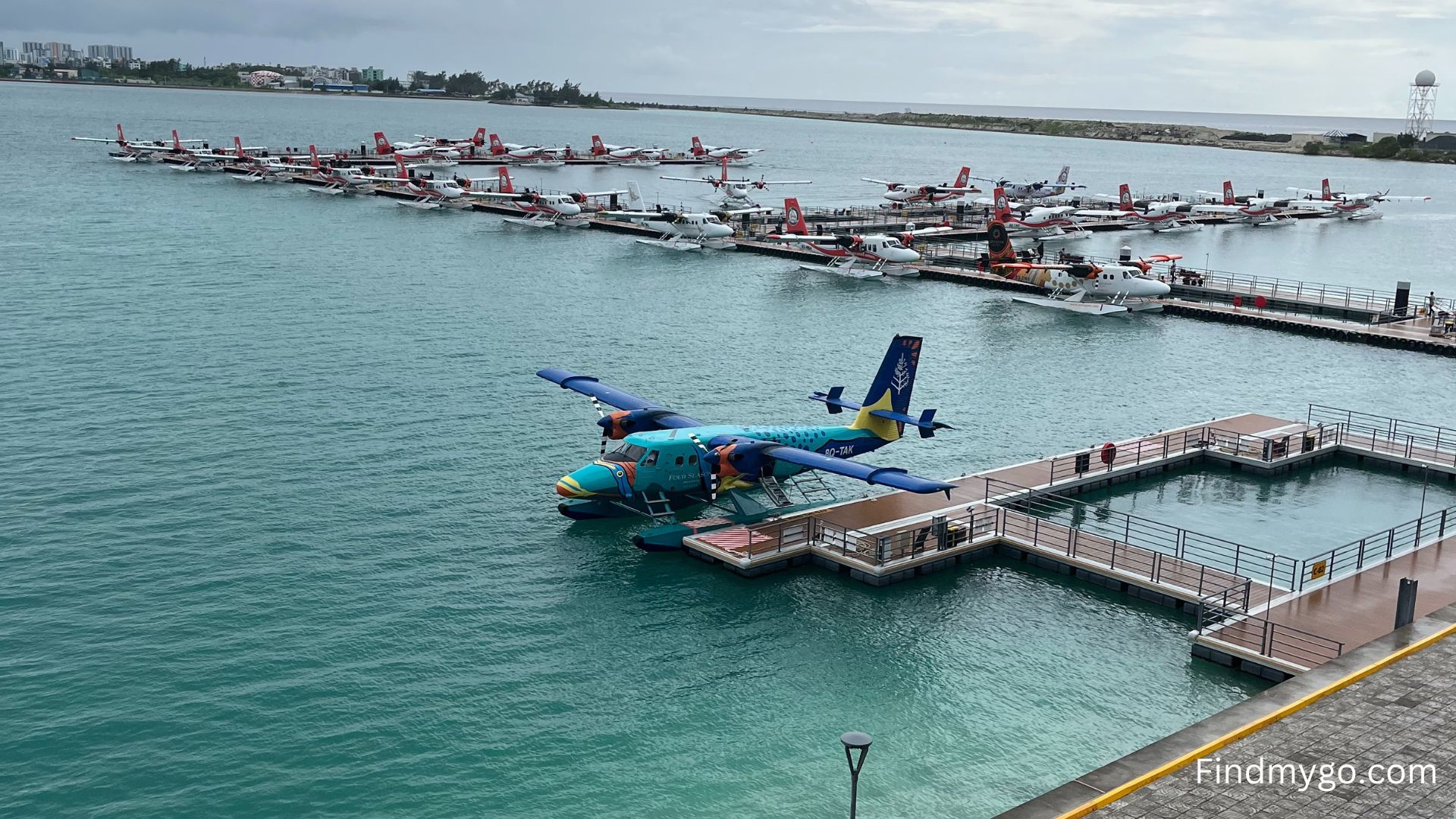
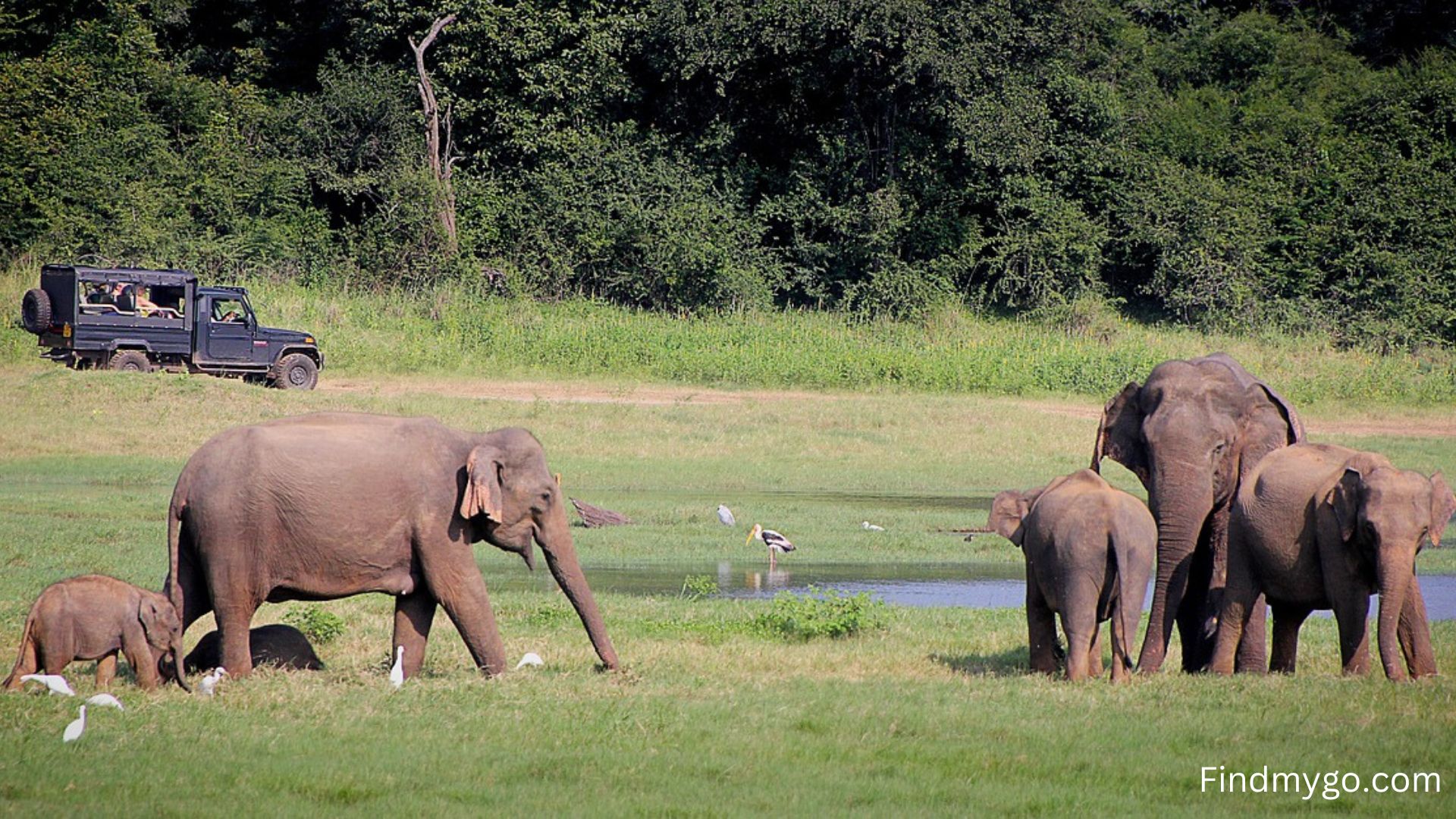

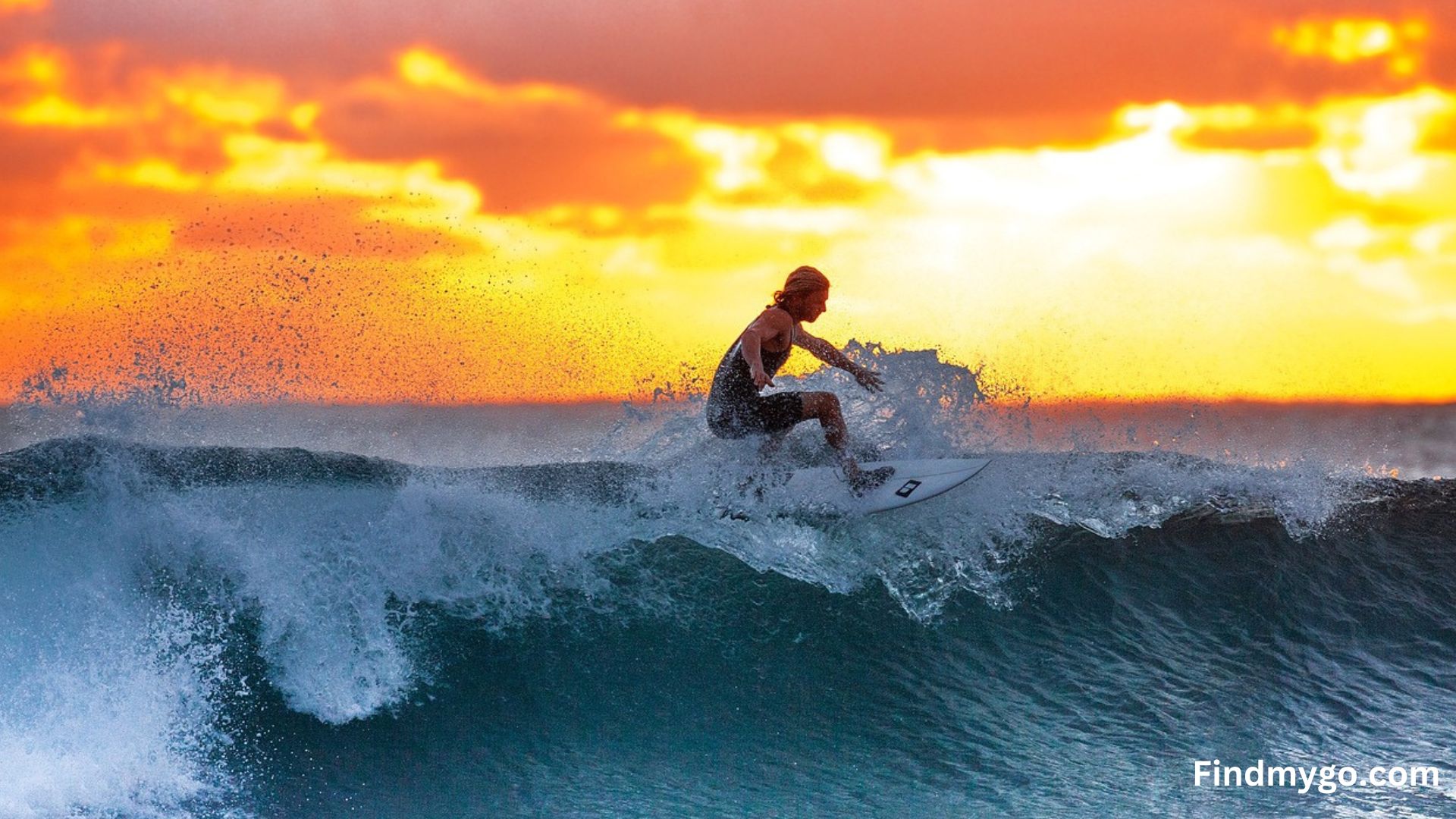
Leave a Reply